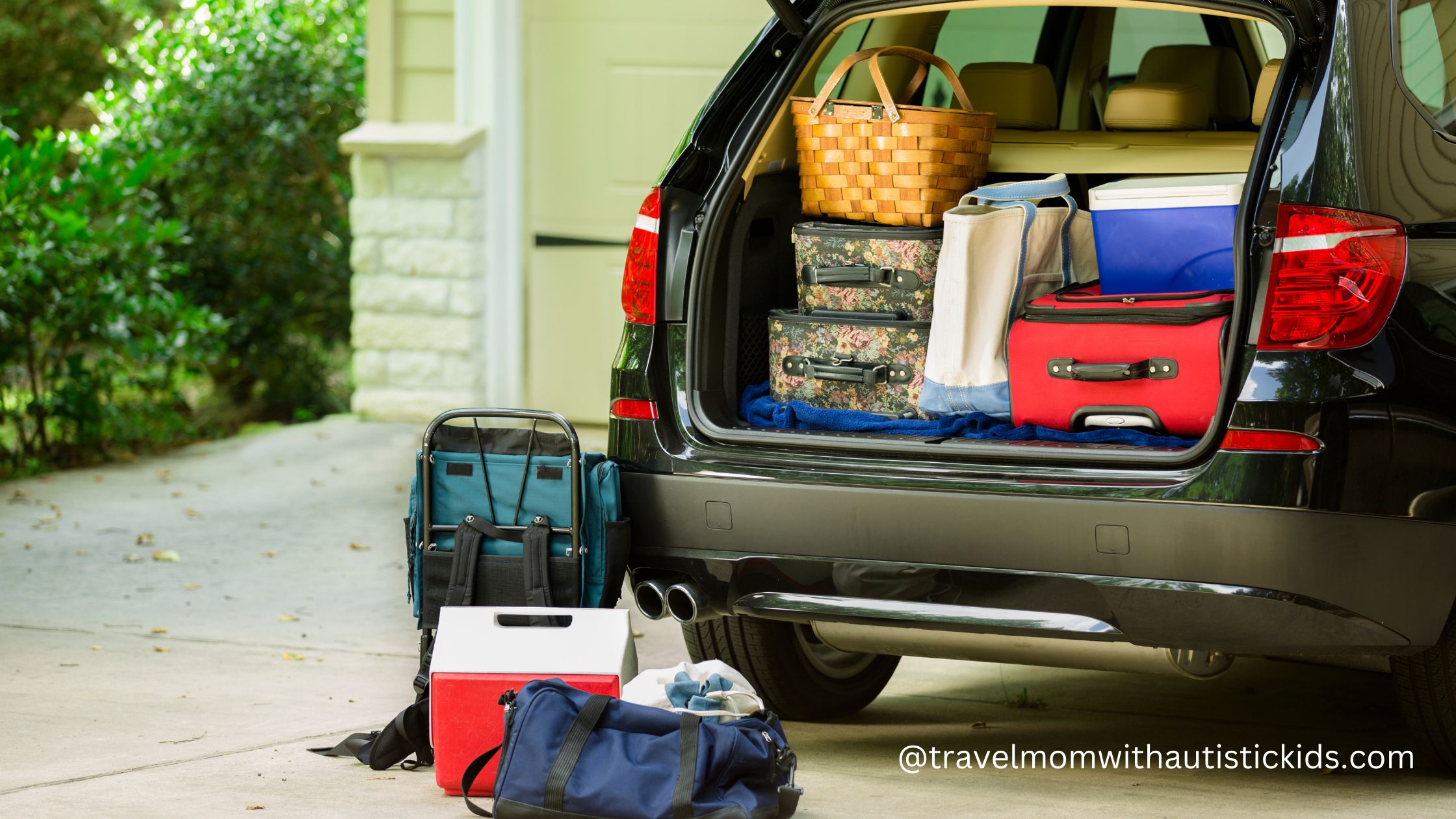Stress about taking your neurodivergent child on a road trip? I’ve been there and I want to share what works for me. Let’s dive in.
As a mom, I always wanted to introduce my children to the world, but traveling by plane with young kids can get expensive. So, I took advantage of a great perk—infants travel for free! That’s how we found ourselves exploring places like Canada and Singapore when my children were very young.
After they turned two, we shifted our focus to road trips around the United States. We kept the drives under 7 hours, taking breaks every 3 hours. I planned every trip meticulously, so everything would go as smoothly as possible. Here’s a look at my travel strategy that helped us get the most out of our holidays.
Choosing the Right Destination
We live in California, and the summer months here can be unbearably hot. Plus, we have to be cautious about snakes during the summer heat. That’s why I avoid traveling during this season. Instead, I prefer to travel in the fall and winter months when the weather is more pleasant.
I also try to avoid traveling in spring—when animals are out of hibernation, and bugs seem to be everywhere! If we do travel in March, we head to colder destinations to avoid the seasonal nuisances.
Accommodation
For accommodation, we chose Airbnb. Having a kitchen was a game-changer for us since my kids are picky eaters. By cooking our own meals, I minimized the mental fatigue of constantly searching for restaurants and hoping they would eat something. Plus, it saved us money, which always helps when you’re traveling as a family.
Driving to Our Destination
I didn’t want my children to spend the entire trip glued to their iPads, even though I knew it would keep them happy. Instead, I wanted them to experience and appreciate the scenery. Here’s how I structured our time in the car:
- Before we leave home: I allow them to engage in some water play to burn off energy.
- In the car: For the first 30 minutes, no devices—just the opportunity to look around and soak in the surroundings.
- After that, I let them listen to music.
- Once we pass a major freeway, they get access to their devices, but by the time we reach the desert or remote areas, it’s back to no devices—pure boredom, which I encourage as a way for them to observe their surroundings.
When we arrive at our destination, I allow them to explore freely, check out the area, grab a bite to eat, and then they get access to their devices as a reward.
Duration on the Road
I try to keep our road trips to 3-4 hours on the road at a time, as that’s the threshold my children can tolerate. Anything longer than that, and they start getting cranky. If you’re not sure how long your child can handle, I suggest starting with shorter journeys, like 1 hour, and gradually increasing the time as they get used to being on the road.
It’s also important to experiment with different traffic conditions—slow traffic or heavy congestion can be more challenging for some kids than open roads. For my children, they do well in both circumstances, but they need to take breaks and stretch when the 3-hour mark approaches.
What I Packed for the Road Trip
Each child has their own travel bag. A good friend of mine, whose child is also neurodivergent, gave me the idea. While I initially thought it might be a waste since the bags don’t hold much, I quickly realized that these bags give the children a sense of autonomy and ownership—and it keeps them busy, too.
Beyond the regular packing (clothes, fresh underwear, etc.), I also bring a lot of food. With picky eaters, food took up a lot of trunk space, but it was worth it. I didn’t want to waste time searching for food they might refuse to eat. By packing meals for breakfast, and sometimes lunch or dinner, we saved time, money, and the mental effort of trying to find something they’d actually eat.
Stopovers and Breaks
One piece of advice I received from a stranger really stuck with me: make note of parks or playgrounds where the children can stretch their legs. Now, on any trip longer than 3 hours, we plan to stop at a park or playground. This allows the kids to burn off some energy, have bathroom breaks, and even enjoy a quick snack or meal.
Eating on the Road
We try to avoid fast food, as I feel guilty about serving it to my children. Instead, we often stop at places like Subway, where we can grab a healthier option. I also pack homemade food, like sandwiches or warm meals in a thermos to keep things fresh. This way, we stay nourished and avoid the usual fast food pitfalls.
How We Survived the Road Trip
By planning carefully and being mindful of our children’s needs, we’ve been able to survive and enjoy every road trip. Our strategy has helped us minimize stress and maximize the fun of exploring new places, while keeping our children engaged, comfortable, and well-fed.






